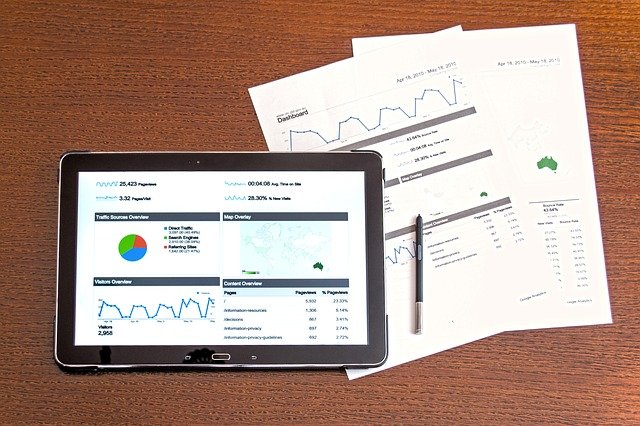
Inflation

Author: Sid Ruttala
Secondly, the labor arbitrage in the form of China and the ever downward pressure on real wages as a result, combined with technological innovation, saw a perfect deflationary scenario. Something that Japan and the EU continued to grapple with until quite recently. So, what about this time is different?
Returning to the China question, we believe the Evergrande crisis may in fact be a catalyst for a rethink of policy making. The controlled exchange rates which saw the PBOC hoard a phenomenal amount of foreign currency and debt on its balance sheet may be in its final stages. The nation is the only outlier in terms of broad money growth, only annualising 8% (compare this to developed economies such as the US and Australia which remain in the higher double digits). The reason we raise this is that having pegged or managed currency limits the monetary authorities in their policy making. Currently, the RMB is allowed to operate within a band that is deemed acceptable. However, in order to do this, it is disproportionately impacted by outside influences in its policy decisions. Should this happen, there will be a short-term deflationary shock as the RMB is likely to fall on a relative basis, providing a short term boost to exports and foreign investment. But longer term, given the policy impetus, we see this aspect to be rather transitory. This aspect is perhaps the other reason for Beijing’s confrontational tone as it pertains to cryptocurrency (they more than most cannot afford an alternative to the home currency).
So, point number one, inflation is coming. Not runaway as many of the readership may currently believe, like the 70s but a secular trend. Our call is that it will continue to average around 4% for the foreseeable future. The reason we don’t say runaway is, one, that it is very likely that measurements will be changed (important as this is what markets use in any case) and, two, the aging demographic and associated excess liquidity will put a dent. Think about when the period of greatest expenditure often is in a person’s life, usually in their mid-30s and when starting a family.
So, where do we allocate?
Allocation
Before going any further, consider this fact. The current portion of the US Federal Budget that services outstanding debt stands at 7.8% as of 2021, the numbers are similar in Australia. This is with the Fed Funds rate at 0.75 – 1% (expected between now and 2023) and the RBA cash rate at 0.10%. The question then becomes what would happen to this number should rates go back to 2007 pre-GFC levels of around 5%? This would imply that close to half of these respective government budgets would be allocated just to servicing the debt without any new expenditure. So we feel certain of one thing, we will not see a “normalisation” of monetary policy for the foreseeable future. What does this mean for you? First, the implication will be that the secular run in the bond-bull market is over, with real yields quickly going negative (they arguably already are). The only way out of this pickle, returning to the inflation thesis, is that inflation will be allowed to go above the official target rates (all things equal) and inflation control will increasingly come in the form of regulatory intervention rather than through an “independent” central bank.
In real terms, this means that the nominal growth rates of company earnings will continue to outperform while the discount rate (which has always been, and will likely continue to be, the official rates) stays put. Now, this may theoretically imply infinite equities valuations but it is important for investors to be a little more discerning. That is, your growth in dividends or capital must be higher or at least on par with CPI.
For those still unconvinced, think about the centrality of asset prices to the modern day economy that was the direct result of the financialisation of everything.
At TAMIM we continue to invest the equities portfolios in real assets with fixed debt structures, industrials, M&A targets (there will be continued activity here) and infrastructure. A side note about the M&A aspect: many of you may be investors in Sydney Airport (SYD.ASX), there is a different angle you should consider when looking at potential and so-called conservative assets. Let’s use the example of a utilities company with a dividend yield of 6%. For an institutional investor looking at fixed income substitute or similar replacement, happy with say a 3% annuity-like return stream, the equities investor would have also had significant capital growth. This could potentially be both lucrative and rewarding.
This brings us to the second point, the easy returns on the index have already been ascertained. It will pay to be a little more discerning in what you look at going forward. There are certain metrics that will matter more such as 1) pricing power; 2) ROA (Return on Assets); 3) Debt (in particular composition of said debt, for example, a large proportion in long duration and fixed can act as an effective transfer of wealth from the debt holders to the equity holders); and 4) Government or regulatory intervention, for example, recalibrating or reshoring supply chains also has the effect of protecting companies from competition. Finally, chasing M&A activity could be especially rewarding.
Finally, should we continue to own equities?
The answer is a resounding yes. Are valuations beyond historic norms? Yes. Will we see sell-offs? Yes. But where else can one allocate? Cash? We argued that we do not see a normalisation of monetary policy, your purchasing power is eroding by the day. On a side-note, looking Stateside, the recent news has been the Treasury asking banks to disclose a greater amount of detail on customer transactions (i.e. to the IRS). This is a sign of where the wind is blowing. We would rather own good businesses that generate cash flow and maintain our purchasing power as opposed to what is effectively an unfunded state liability.

